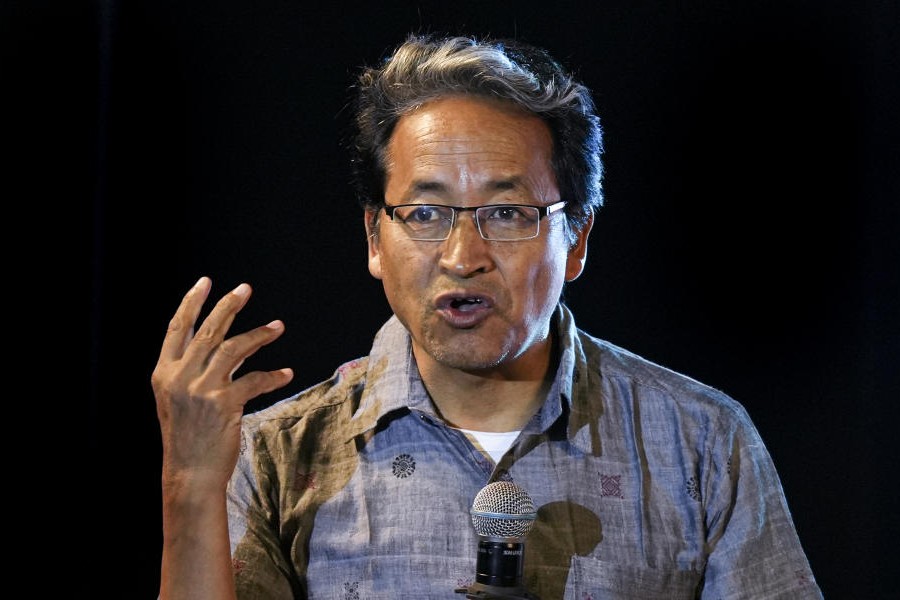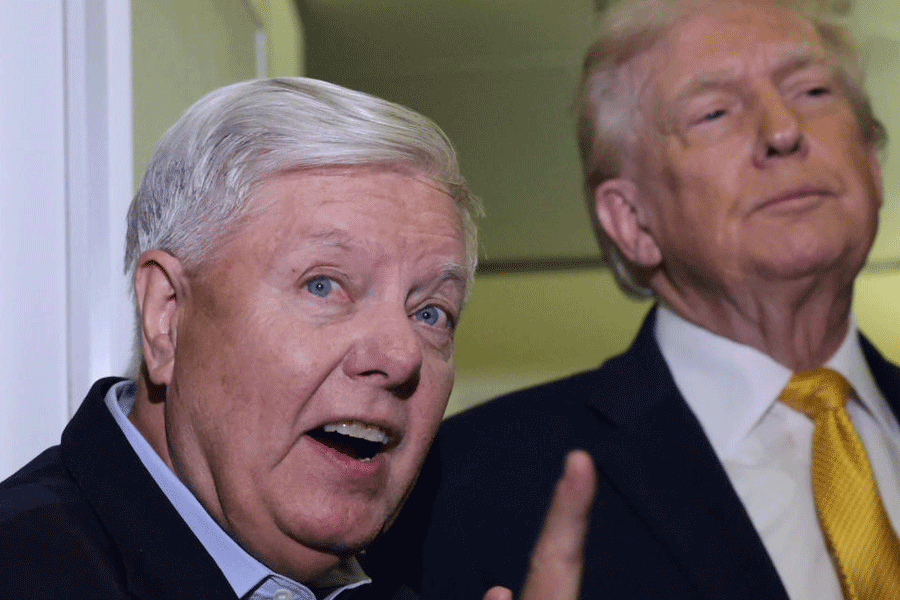Seven months into the coronavirus crisis, with more than 30 vaccines rapidly advancing through the rigorous stages of clinical trials, surprisingly, several research groups are placing bets on some that have not yet been given to a single person.
The New York Times has confirmed that at least 88 candidates are under active preclinical investigation with 67 of them slated to begin clinical trials before the end of 2021.
Those trials may begin after millions of people have already received the first wave of vaccines. Nevertheless, the scientists developing them say their designs may be able to prompt more powerful immune responses, or be much cheaper to produce, or both — making them the slow and steady winners of the race against the coronavirus.
“The first vaccines may not be the most effective,” said Ted Ross, director of the Center for Vaccines and Immunology at the University of Georgia, US, who hopes to put his experimental vaccine into clinical trials in 2021.
Many of the vaccines at the front of the pack today deliver a protein that covers the surface of the coronavirus, called spike, which appears to prompt the immune system to make antibodies to fight it off. But some researchers worry that we may be pinning too many hopes on a strategy that has not been proven. “It would be a shame to put all our eggs in the same basket,” said David Veesler, a virologist at the University of Washington, US.
In March, Veesler and his colleagues designed a vaccine that consists of millions of nanoparticles, each one studded with 60 copies of the tip of the spike protein. When the researchers injected these nanoparticles into mice, the animals responded with a flood of antibodies to the coronavirus — much more than produced by a vaccine containing the entire spike. When the scientists exposed vaccinated mice to the coronavirus, they found that it completely protected them from infection. Icosavax, a start-up company co-founded by Veesler’s collaborator, Neil King, will begin clinical trials of the vaccine by the end of this year.
Researchers at the Walter Reed Army Institute in Silver Springs, US, have created another spike-tip nanoparticle vaccine, and are recruiting volunteers for a trial.
Immune punch
Blood cells known as T cells can also fight infections by attacking other cells that have been infiltrated by the virus.
“We still don’t know which kind of immune response will be important for protection,” said Luciana Leite, a vaccine researcher at Instituto Butantan in São Paulo, Brazil.
It’s possible that vaccines that arouse only antibody responses will fail in the long run. Leite and other researchers are testing vaccines made of several parts of the coronavirus to see if they can coax T cells to fight it off.
Epivax, a company based in Providence, Rhode Island, US, has created an experimental vaccine with several pieces of the spike protein, as well as other viral proteins, which it plans to test in December.
The effectiveness of a vaccine can also be influenced by how it gets into our body. All of the first-wave vaccines have to be injected into muscle. A nasal spray vaccine might work better, since the coronavirus invades our bodies through the airway.
Several groups are gearing up for clinical trials of nasal spray vaccines. One of the most imaginative approaches comes from a New York company called Codagenix. They are testing a vaccine that contains a synthetic version of the coronavirus that they made from scratch.
For decades, vaccine makers have created vaccines for diseases such as chickenpox and yellow fever from live but weakened viruses. The Codagenix scientists came up with a different approach. They sat down at a computer and edited the coronavirus’ genome, creating 283 mutations. They then created a piece of DNA containing their new genome and put it in monkey cells. The cells then made their rewritten viruses. In experiments on hamsters, the researchers found that their vaccine didn’t make the animals sick — but did protect them against the coronavirus.
Codagenix is preparing to start Phase 1 trial of an intranasal spray as early as in September. Two other similar vaccines are in earlier stages of development.
Faster and cheaper
Even if the first wave of vaccines work, many researchers worry that it won’t be possible to make enough of them fast enough to tackle the global need.
“It’s a numbers game — we need a lot of doses,” said Florian Krammer, a virologist at Icahn School of Medicine at Mount Sinai in New York City, US.
Some of the most promising first-wave products, such as RNA vaccines from Moderna and Pfizer, are based on designs that have never been put into large-scale production before. “The manufacturing maths just doesn’t add up,” said Steffen Mueller, the chief scientific officer of Codagenix.
Many of the second-wave vaccines wouldn’t require a large scale-up of experimental manufacturing. Instead, they could piggyback on standard methods that have been used for years to make safe and effective vaccines.
Codagenix, for example, has entered into a partnership with the Serum Institute of India to grow their recoded coronaviruses. The institute already makes billions of doses of live weakened virus vaccines for measles, rotaviruses and influenza. Tapping into well-established methods could also cut down the cost of a vaccine.
Researchers at Baylor College of Medicine, US, for example, are doing preclinical work on a vaccine that they said might cost as little as $2 (Rs 150 approx). By contrast, Pfizer is charging $19 (Rs 1,400) a dose and other companies have floated even higher prices.
Even if the world gets cheap, effective vaccines against Covid-19, that doesn’t mean all of our pandemic worries are over. With an abundance of other coronaviruses lurking in wild animals, another Covid-like pandemic may not be far off. Several companies are developing “universal” coronavirus vaccines that might protect people from an array of the viruses, even those that haven’t colonised our species yet.
New York Times News Service











